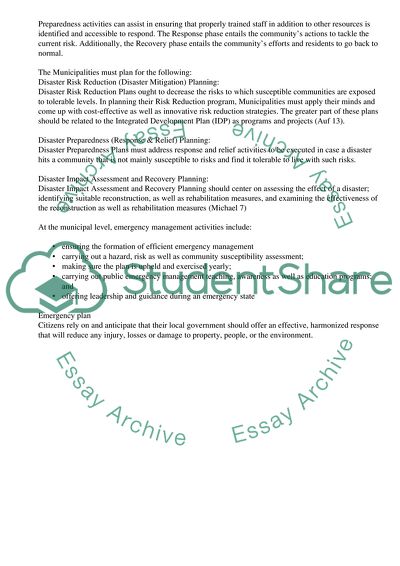Cite this document
(Disaster Preparedness and Management by Michael Beach Book Report/Review, n.d.)
Disaster Preparedness and Management by Michael Beach Book Report/Review. Retrieved from https://studentshare.org/management/1863961-disaster-preparedness-and-management
Disaster Preparedness and Management by Michael Beach Book Report/Review. Retrieved from https://studentshare.org/management/1863961-disaster-preparedness-and-management
(Disaster Preparedness and Management by Michael Beach Book Report/Review)
Disaster Preparedness and Management by Michael Beach Book Report/Review. https://studentshare.org/management/1863961-disaster-preparedness-and-management.
Disaster Preparedness and Management by Michael Beach Book Report/Review. https://studentshare.org/management/1863961-disaster-preparedness-and-management.
“Disaster Preparedness and Management by Michael Beach Book Report/Review”. https://studentshare.org/management/1863961-disaster-preparedness-and-management.


